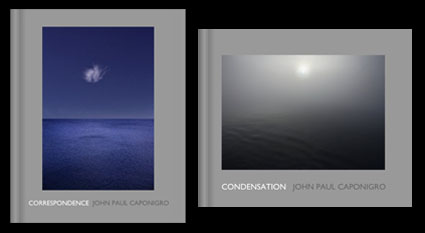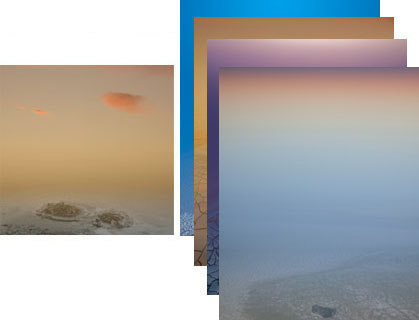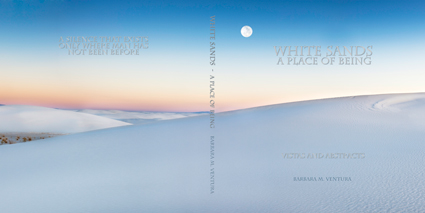.
Congratulations to the winners of Blurb’s Photography Book Now 2010 contest, whose work was selected from more than 2,300 submissions from over 40 countries.
• $25,000 Grand Prize Winner: Judith Stenneken, Last Call
• Fine Art Category Winner: Arthur Tress, Barcelona Unfolds
• Editorial Winner: Anton Kusters, 893 Magazine – The Yakuza in Tokyo
• Portfolio Category Winner: WassinkLundgren, Portfolio
• Fine Art, First Runner-up: Justin Schmitz, Mosh
• Editorial, First Runner-up: Alexey Vanushkin, Merry-Go-Round
• Portfolio, First Runner-up: Emily Shur, The Woods
• Fine Art, Second Runner-up: Elisabeth Tonnard, In this Dark Wood
• Editorial, Second Runner-up: Carl Bower, Chica Barbie
• Portfolio, Second Runner-up: Lauren Orchowski, Rocket Science
• People’s Choice, Fine Art: David Beach, Fetzer’s Tale
• People’s Choice, Editorial: Matt Eich, Carry Me Ohio
• People’s Choice, Portfolio: Barry Holmes, Entertain
Check out their books in the Photography Book Now Bookstore.
The complete list of Honorable Mentions is available online as well.
Visit the Photography Book Now website here.
Find my bookmaking resources here.






